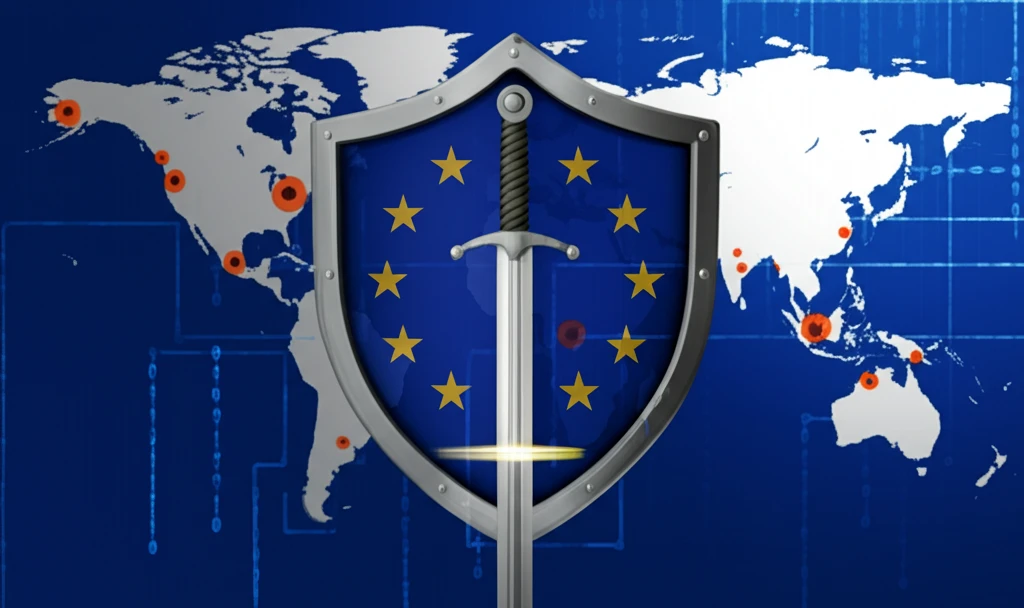
Is Europe's Defense Policy Strong Enough? Understanding the EU's Security Challenges
"A Deep Dive into the EU's Common Security and Defence Policy (CSDP) and Its Capacity to Respond to Global Crises"
In an era defined by increasing global instability and complex security challenges, the European Union's (EU) role in international security has never been more critical. The EU's Common Security and Defence Policy (CSDP) represents the Union's attempt to act as a unified force in addressing crises, promoting peace, and protecting its interests and values. But how effective has this policy been, and what are its limitations?
A recent study by M.E. Smith, meticulously researched and detailed, delves into the development of the EU's security and defence policy. The study examines the CSDP's evolution, from its origins to its current state, providing a comprehensive analysis of its institutional framework, operational experiences, and strategic challenges. This article draws upon Smith's insights to explore the key aspects of the CSDP, its successes, shortcomings, and future prospects.
Understanding the CSDP is crucial for anyone interested in global affairs, European politics, or the future of international security. As the EU continues to navigate its role as a global actor, the CSDP will undoubtedly remain a central pillar of its external action. By examining its past, present, and future, we can gain valuable insights into the EU's capacity to respond to the challenges of an increasingly uncertain world.
The Evolution of the CSDP: From Origins to Current Challenges

The Common Security and Defence Policy (CSDP) has undergone significant transformation since its inception. Initially conceived as a means to enhance European integration and project stability, the CSDP has evolved in response to a changing geopolitical landscape and internal pressures within the EU. This evolution can be understood through several key phases:
- The Saint-Malo Declaration (1998): A pivotal moment, this declaration between France and the UK paved the way for a more robust European security and defence policy.
- The Helsinki Headline Goal (1999): This initiative aimed to develop a rapid reaction force capable of deploying within 60 days, marking a significant step towards operational capability.
- Early Missions: The EU launched its first CSDP missions in the early 2000s, primarily focused on peacekeeping and crisis management in the Balkans.
- Limited Resources: Insufficient defence spending and a lack of military capabilities hinder the EU's ability to project power effectively.
- Political Disunity: Divergent national interests and a lack of consensus among member states often undermine the EU's ability to act decisively.
- Institutional Complexities: A complex institutional framework and bureaucratic processes slow down decision-making and implementation.
- New Security Threats: The rise of terrorism, cyber warfare, and hybrid threats pose new challenges that require a more agile and coordinated response.
Moving Forward: Strengthening the EU's Role in Global Security
The EU's Common Security and Defence Policy has come a long way. To truly realize its potential, the EU must address its shortcomings, overcome internal divisions, and adapt to the changing nature of global security threats. This requires a concerted effort to increase defence spending, improve military capabilities, streamline decision-making processes, and foster greater unity among member states. Only then can the EU effectively contribute to peace and stability in an increasingly complex and dangerous world.
